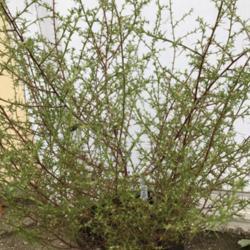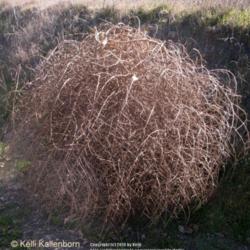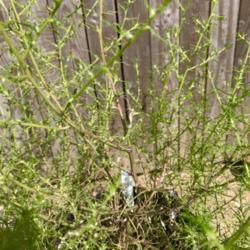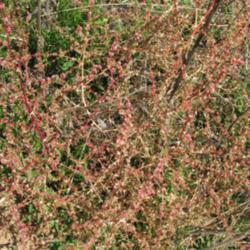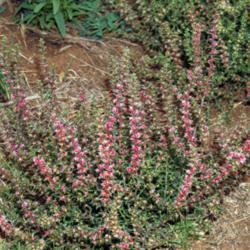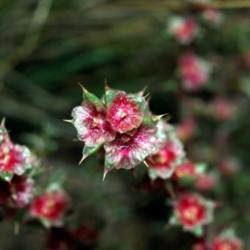| Plant Habit: | Herb/Forb |
| Life cycle: | Annual |
| Sun Requirements: | Full Sun |
| Water Preferences: | Mesic Dry Mesic |
| Soil pH Preferences: | Moderately acid (5.6 – 6.0) Slightly acid (6.1 – 6.5) Neutral (6.6 – 7.3) Slightly alkaline (7.4 – 7.8) |
| Plant Height: | 1-3 feet |
| Plant Spread: | 3-4 feet |
| Leaves: | Deciduous |
| Fruit: | Edible to birds |
| Fruiting Time: | Fall |
| Flowers: | Showy |
| Flower Color: | Pink White |
| Bloom Size: | Under 1" |
| Flower Time: | Summer Late summer or early fall |
| Underground structures: | Taproot |
| Suitable Locations: | Xeriscapic |
| Uses: | Will Naturalize |
| Wildlife Attractant: | Bees Birds Butterflies |
| Resistances: | Humidity tolerant Drought tolerant |
| Miscellaneous: | Tolerates poor soil With thorns/spines/prickles/teeth |

